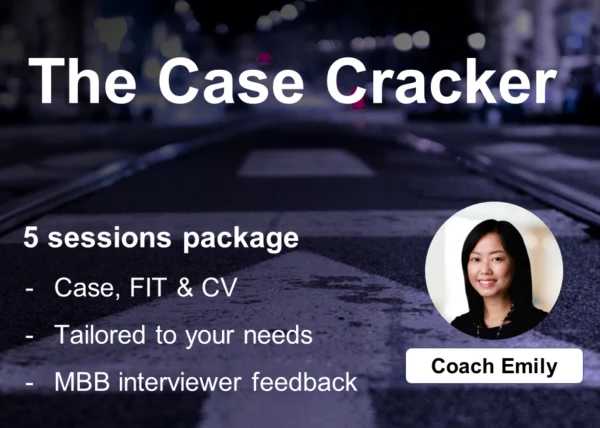I am practicing for case interviews and after reading Case in Point (PhD candidate here) one cannot deny that it is very helpful to discover different scenarios of the case interview but I had some questions:
1- what if my structure does not tap into what the real solution is all about? example: let's assume we are looking into meeting a sudden increase/high demand for a product problem and we are dealing with an industrial good manufacturer and the solution lies in the production process (let's say I mentioned improve bottlenecks , manufacturing efficiency problem, Add new production technologies but the solution is adding a production shift) and my structure does not mention that, there is so much that could be presented in a structure upfront, Is that negative or will the interviewer guide me to the path?
2- I have read multiple threads and questions and mostly they say "case in point" is basic but not the best and when I read cases or even comments they all reference the same structure offered in the book and even same bucket list to be included in the structure depending on the case type. Even the flow of the interview (from how to lay a structure to verifying the objective, clarifying questions to the closure). I am not being able to see the difference or what they mean by basic if all solutions (even cases on the MBB websites) do use the structure in that book !
3- is the 1 min (60 seconds) to lay a structure a real and reasonable time ? I cannot lay a full structure with 2 or 3 levels down under each category in 1 minute ! unless I am a robot jotting down a memorized structure !! because I want to make my structure customized for the problem !
I am not MBA, so I do not have educational references that I can fall back to ! and based on the resources I collected I do not see the difference or what is a better reference to use to build my structures for various problems. I also have Victor Chang's book !!


















